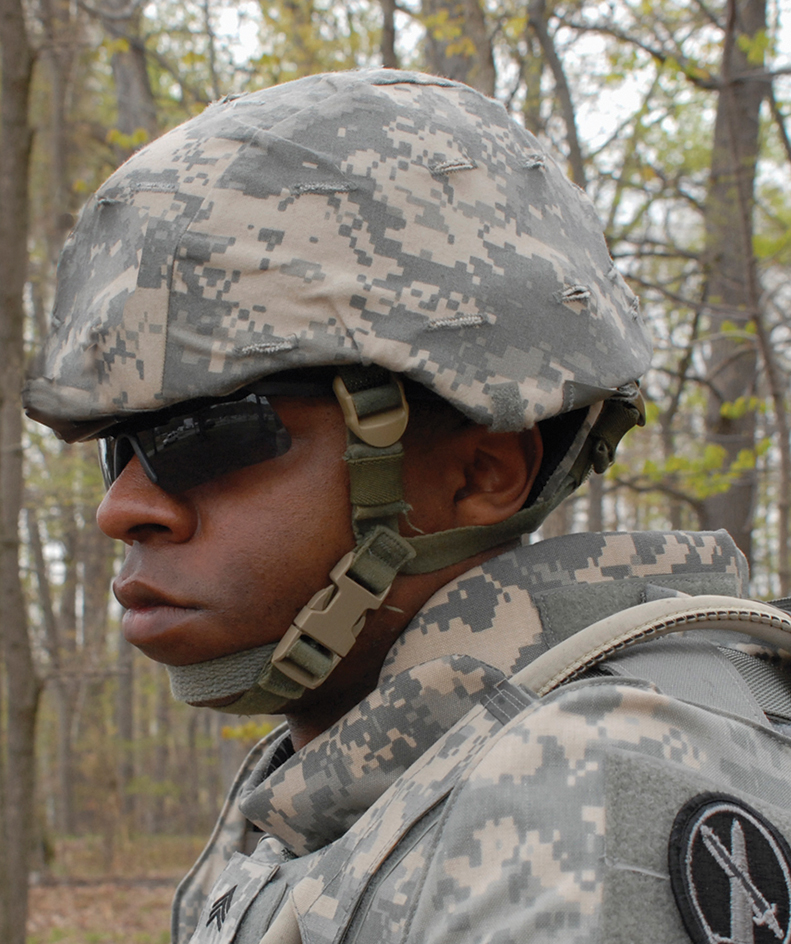Hat is the name of any of several kinds of coverings for the head. A hat consists of a crown, the part that fits on the head; and, in most cases, a circular brim. Hats differ from other head coverings, such as bonnets, caps, helmets, and hoods, most of which have a small brim or no brim at all. But the word hat, as used in this article, refers to such brimless headgear as well.
Hats vary widely in material and style, depending largely on the climate and people’s customs. For example, a Russian farmer wears a fur hat to protect himself from the cold. A South American cowboy wears a felt gaucho hat as part of his traditional costume, and the American cowboy wears a wide-brimmed hat for protection from the sun. The members of a nation’s armed services wear a hat as part of their uniform. People also wear hats as an accessory to other clothing.
Throughout the centuries, the desire of people to be fashionable has resulted in many kinds of unusual hats. During the 1400’s, many European women wore a tall, cone-shaped hat called a hennin. This hat measured from 3 to 4 feet (0.9 to 1.2 meters) high and had a long, floating veil. The Gainsborough hat became popular with both men and women in the late 1700’s. It had a wide brim and was decorated with feathers and ribbons.
Why people wear hats.
People wear hats for (1) protection, (2) communication, and (3) decoration.
People probably first began to wear hats to protect themselves from the climate. In hot, sunny climates, wide-brimmed hats provide shade from the sun. The Mexican sombrero, made of felt or straw, is one example of such hats. In cold climates, people often wear fur or wool hats. The Sami (formerly known to outsiders as Lapps) of far northern Europe wear tight-fitting wool hats that have earflaps. Hats also provide protection from injury. For example, construction workers, football players, and military personnel wear metal or plastic helmets to avoid injury.
Hats can communicate various things about the people who wear them. The hats of coal miners, fire fighters, and matadors indicate the wearer’s occupation. Many clowns wear colorful, ridiculous hats to express fun and happiness. Among members of the religious group known as the Amish, the width of the hat brim and the height of the crown can communicate whether the wearer is married.

Most people wear a hat that they believe makes them look attractive, though the hat’s main purpose may be protection or communication. Much protective headgear, such as fur hoods and rain hats, is both attractive and stylish. Even the caps of police officers and military personnel are designed to improve the wearer’s appearance. Certain decorative hats are worn as a tradition. In Scotland, for example, people wear a cap called a tam-o’-shanter that is part of their traditional costume.
History.
No one knows when people first wore hats. People in various cold climates may have worn fur hoods 100,000 years ago.
Through the centuries, people also wore hats to indicate their social status. In ancient Egypt, the nobility wore crowns as early as 3100 B.C. Some ancient Greeks wore hats known as pelos. These hats were usually made from wool fibers. Pelos can still be found in parts of southern Siberia today. They are similar to the brimless, tasseled hat known as a fez (see Fez ).
By the A.D. 1300’s, people wore hats increasingly for decoration, resulting in the development of a large variety of hats and frequent changes in styles. People in one area often adopted the hat styles worn in another. During the 1300’s and 1400’s, for example, women in western Europe wore a type of hat that resembled a turban. They adopted this style from the headgear worn by people who lived in the Middle East and the Orient.
Zadoc Benedict, a craftworker, established the first hat factory in the United States in 1780 in Danbury, Connecticut. In 1851, John Nicholas Genin, a New York City manufacturer, made the first soft felt hats for women.
During the 1900’s, hat styles varied more widely than ever before. In the 1920’s, women wore a drooping, bell-shaped hat called the cloche. In the 1930’s, they wore the harlequin hat, which had a wide, upturned brim. A variety of hats were worn in the 1940’s and 1950’s. Since the 1960’s, hats have been less popular among both women and men.
